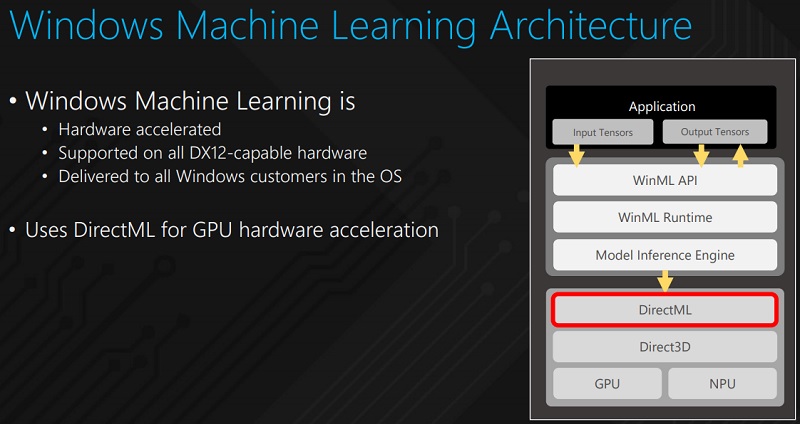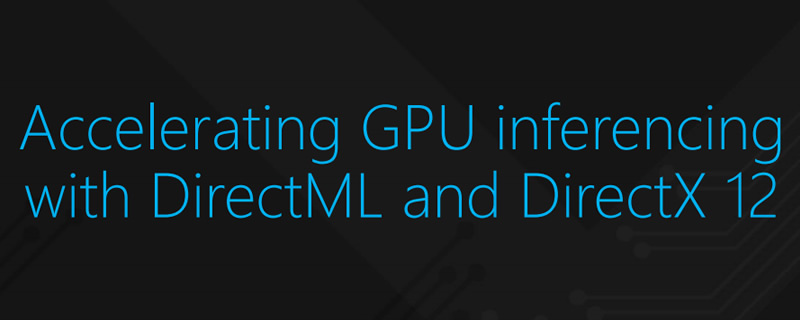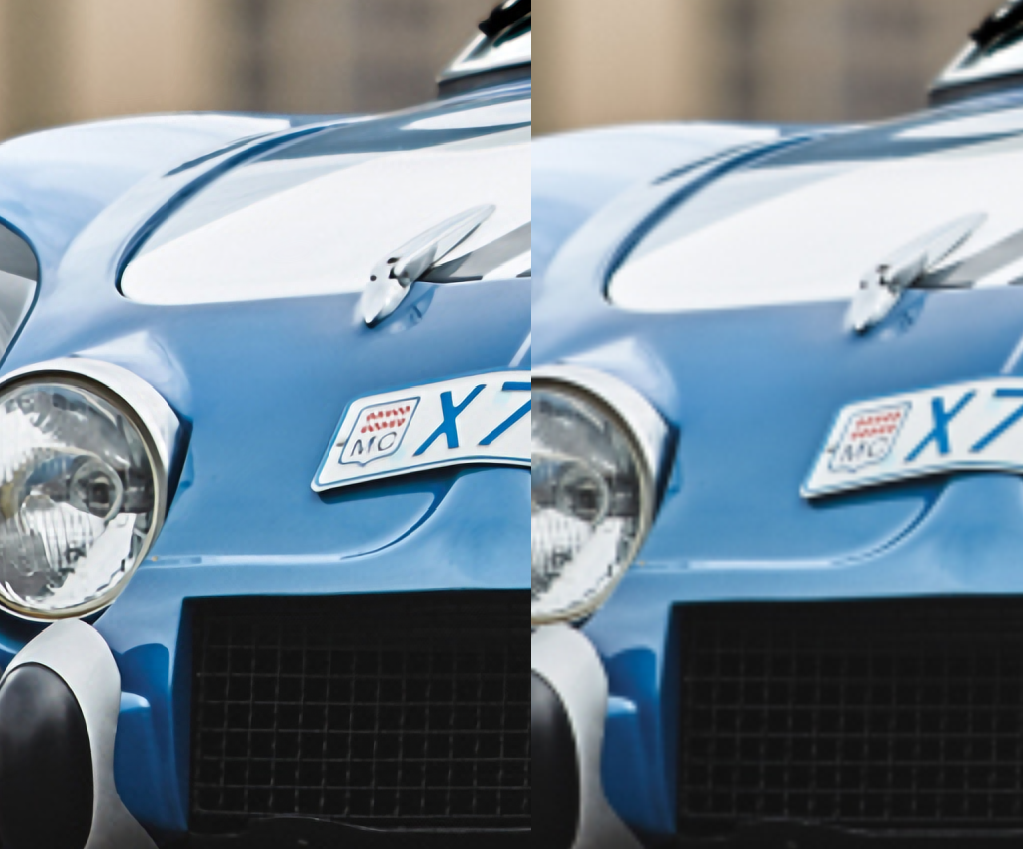DirectML is coming to Windows 10 in Spring 2019
DirectML is coming to Windows 10 in Spring 2019
In the short term, AI is likely to be a more sought after feature than ray tracing, allowing developers to utilise the powers of Machine Learning (ML) to push their games to greater visual heights.
Nvidia’s DLSS technology is an example of this, utilising Deep Learning to create a supersampling technique that can be used on supported hardware to deliver a high-resolution gaming experience while offering a significant boost to system performance. In the past, Microsoft has showcased DirectML achieving similar feats, which means that there may soon be a multi-vendor alternative to Nvidia’s DLSS technology.
DirectML supports all DirectX 12 compliant hardware, much like DXR, and like DXR it can also exploit the hardware acceleration capabilities of modern graphics architectures. In effect, this will allow developers to access hardware features like Nvidia’s Tensor cores, just like how DXR enables developers to utilise Turing’s RT cores.
With DXR and DirectML, it is clear that gaming will become more than just a game of pure shading performance. AMD, Nvidia and Intel will all need to develop hardware that is capable of handling inferencing, Ray Tracing and traditional shading, opening up a new hardware arms race that will transform gaming over time.

Microsoft has already showcased the potential of machine learning in gaming applications, with the image below showcasing what happens when Machine Learning is used to upscale an image to four times its original resolution (basically from 1080p to 4K) to generate a sharper final image and reduced aliasing. The image below is a comparison between ML Super Sampling and bilinear upsampling.
This technique has also been showcased during one of Microsoft’s SIGGRAPH 2018 tech talks. This talk, which is entitled “Deep Learning for Real-Time Rendering: Accelerating GPU Inferencing with DirectML and DirectX 12” showcases Nvidia hardware upscaling Playground Games’ Forza Horizon 3 from 1080p to 4K using DirectML in real time. DirectML has the potential to improve the graphical fidelity of future console and PC games.
We couldn’t write a graphics blog without calling out how DNNs can help improve the visual quality and performance of games. Take a close look at what happens when NVIDIA uses ML to up-sample this photo of a car by 4x. At first the images will look quite similar, but when you zoom in close, you’ll notice that the car on the right has some jagged edges, or aliasing, and the one using ML on the left is crisper. Models can learn to determine the best color for each pixel to benefit small images that are upscaled, or images that are zoomed in on. You may have had the experience when playing a game where objects look great from afar, but when you move close to a wall or hide behind a crate, things start to look a bit blocky or fuzzy – with ML we may see the end of those types of experiences.
Microsoft sees two ways to push the gaming market forward, utilising both Machine Learning and Ray Tracing technologies to enhance computer-generated graphics to levels that have never been seen before. DirectX Raytracing has arrived on Windows 10 as part of Microsoft’s October 2018 update, though it seems like the addition of DirectML will be joining the party with the OS’ next major iteration.
You can join the discussion on Microsoft’s DirectML API on the OC3D Forums.




